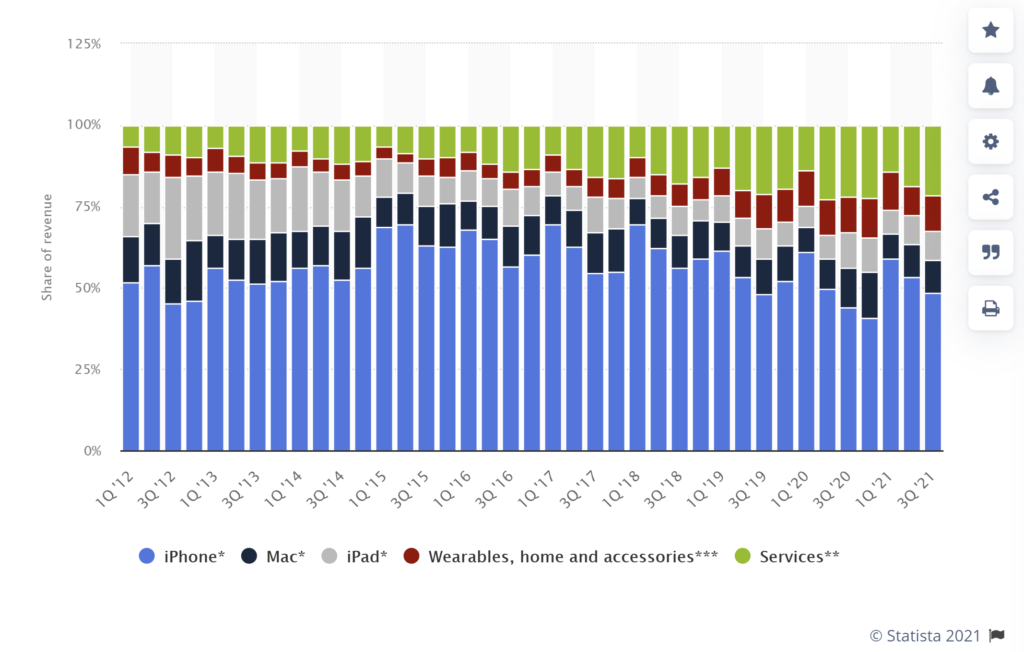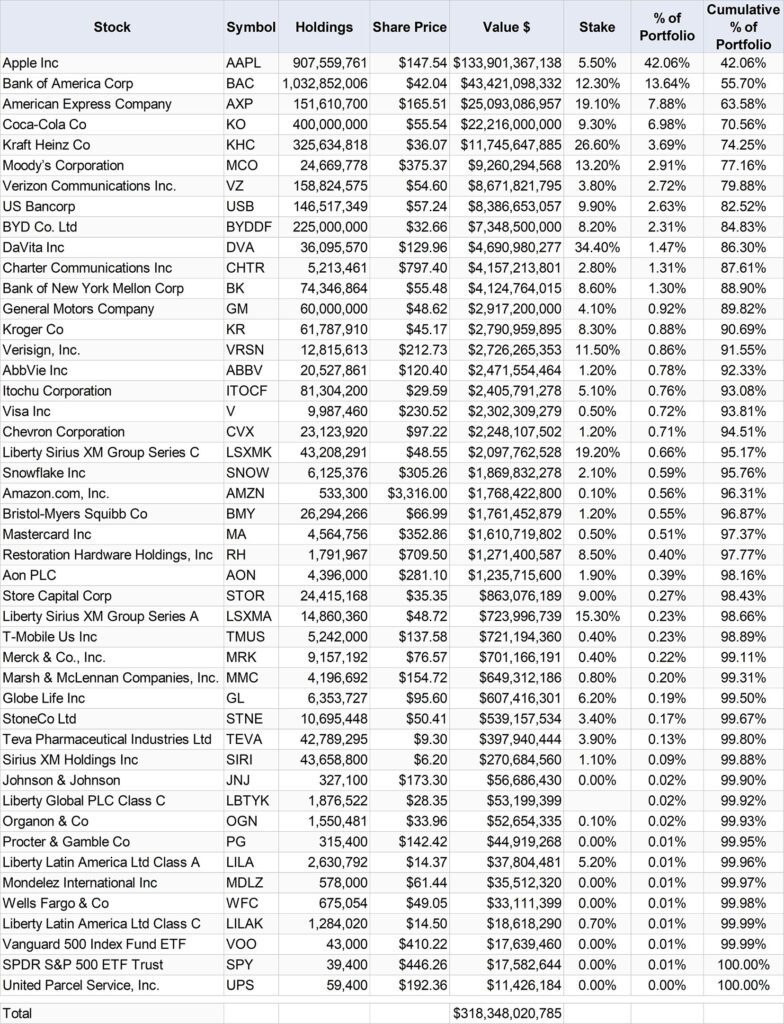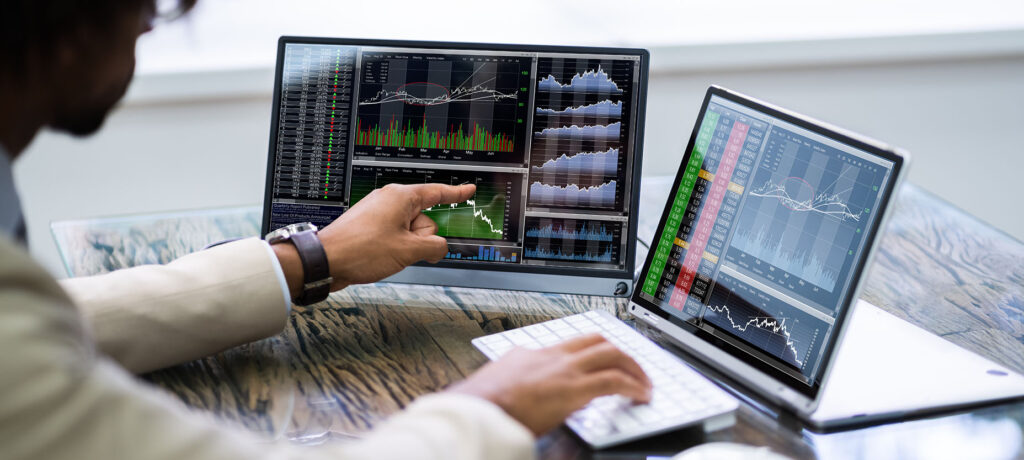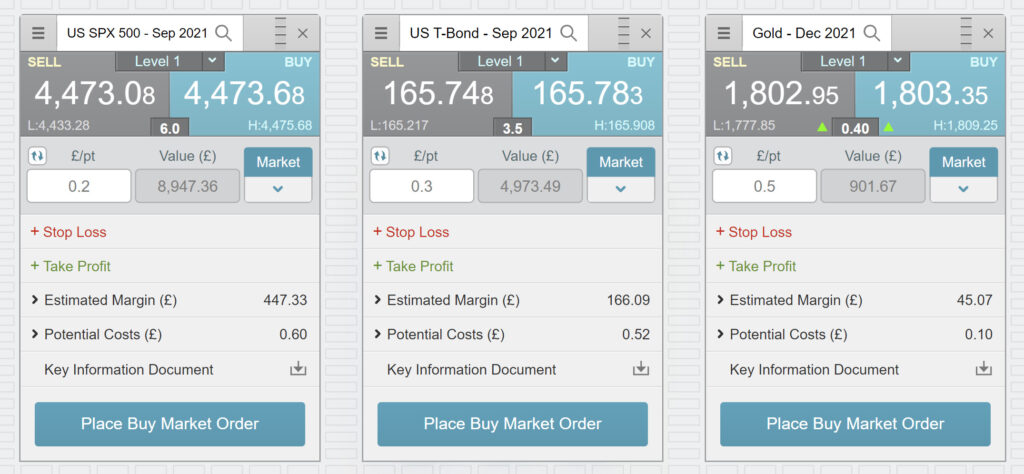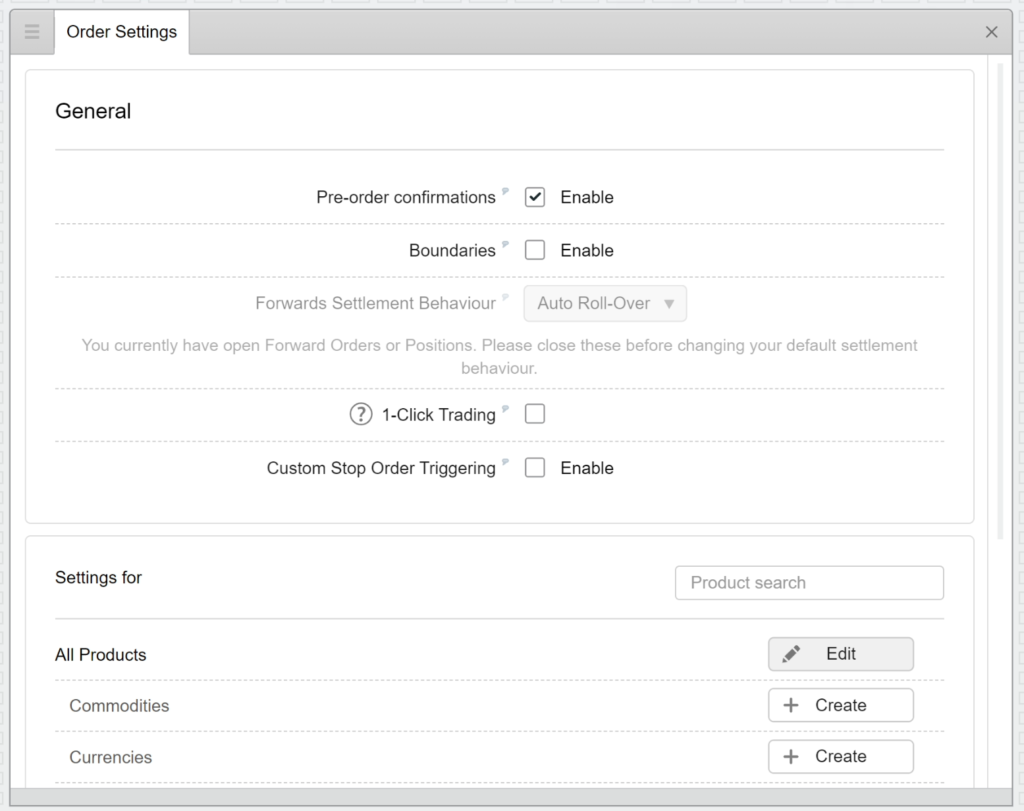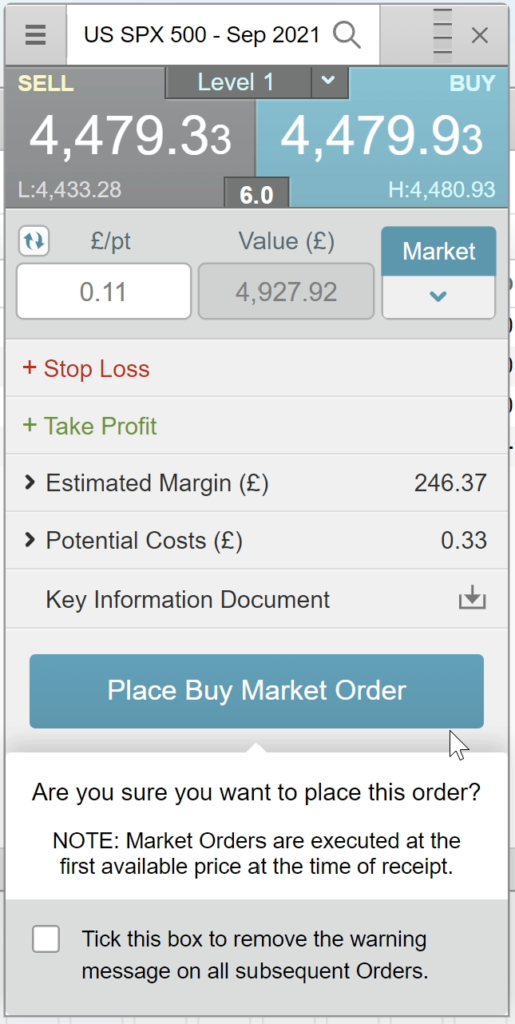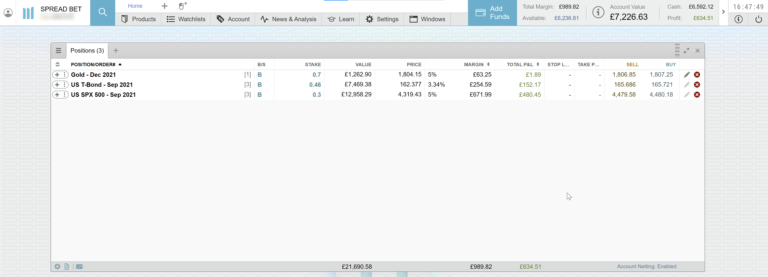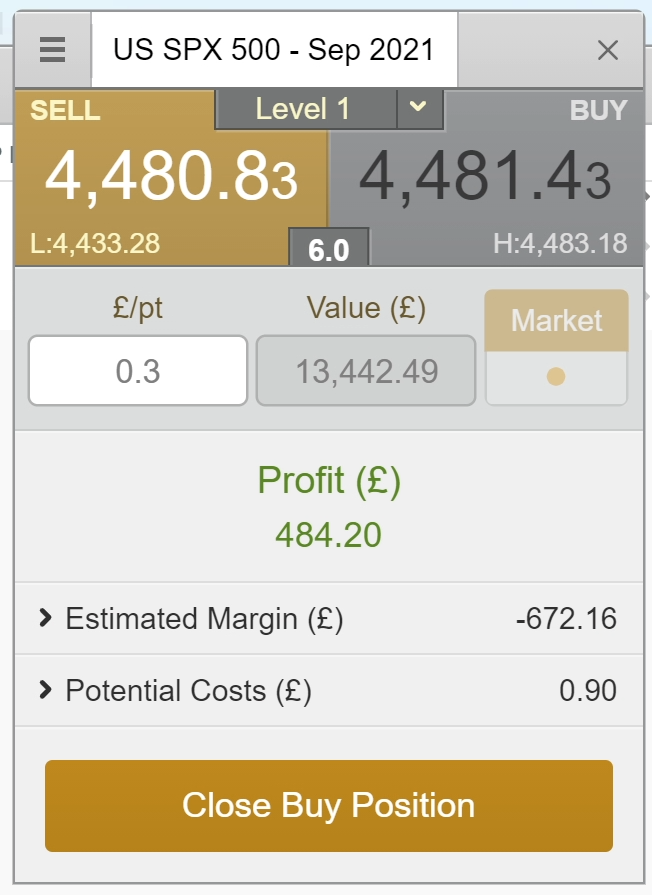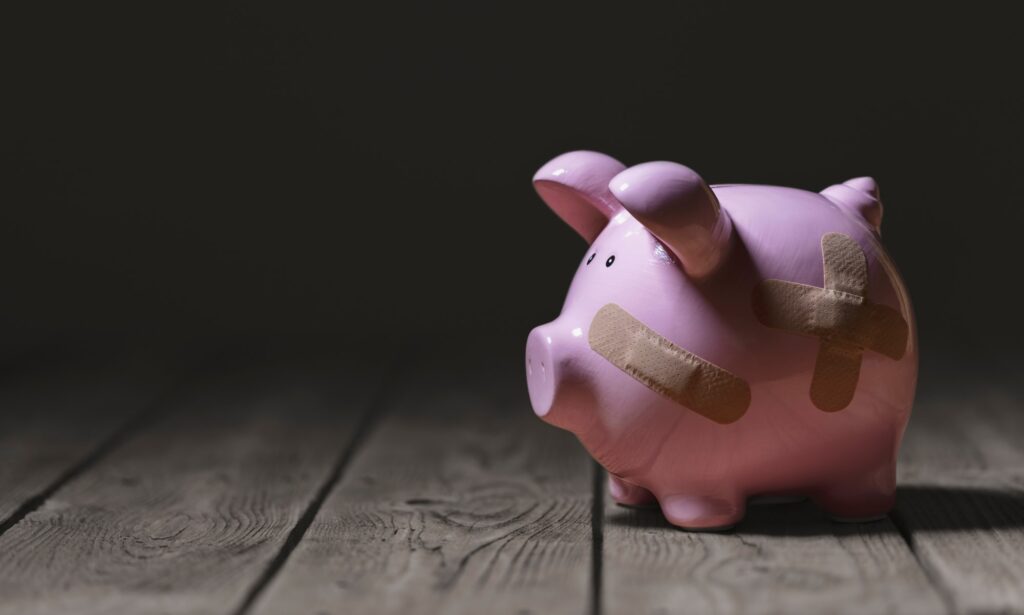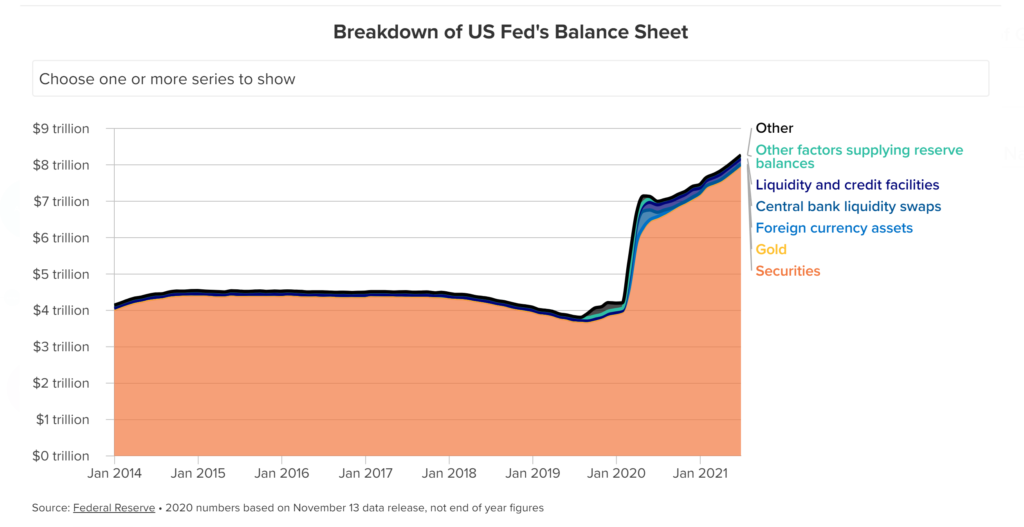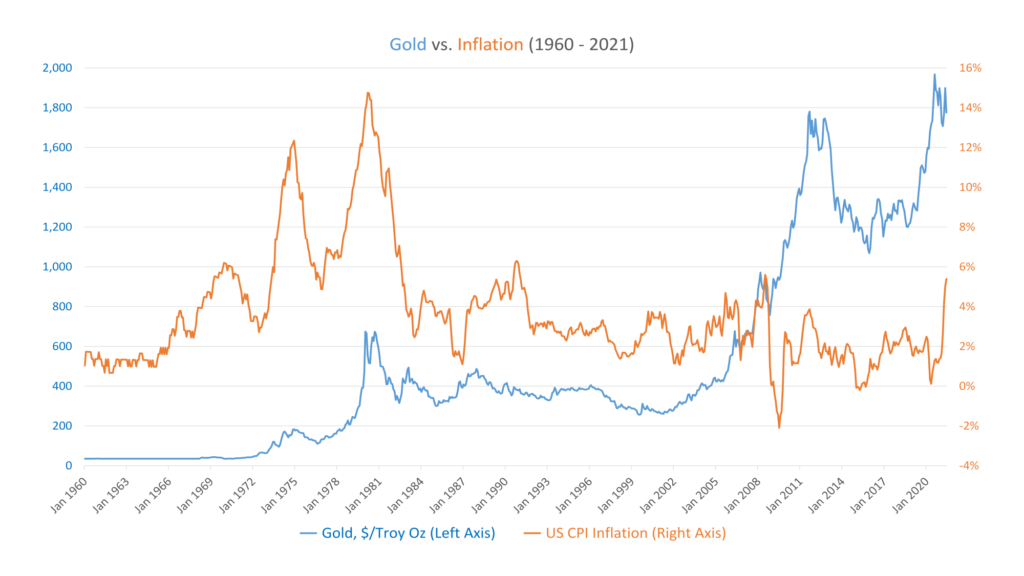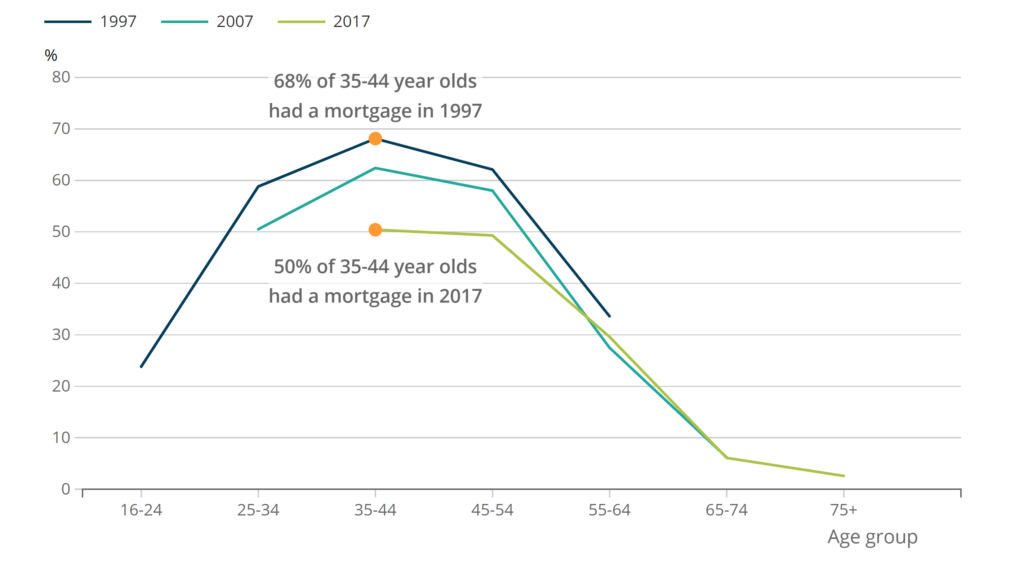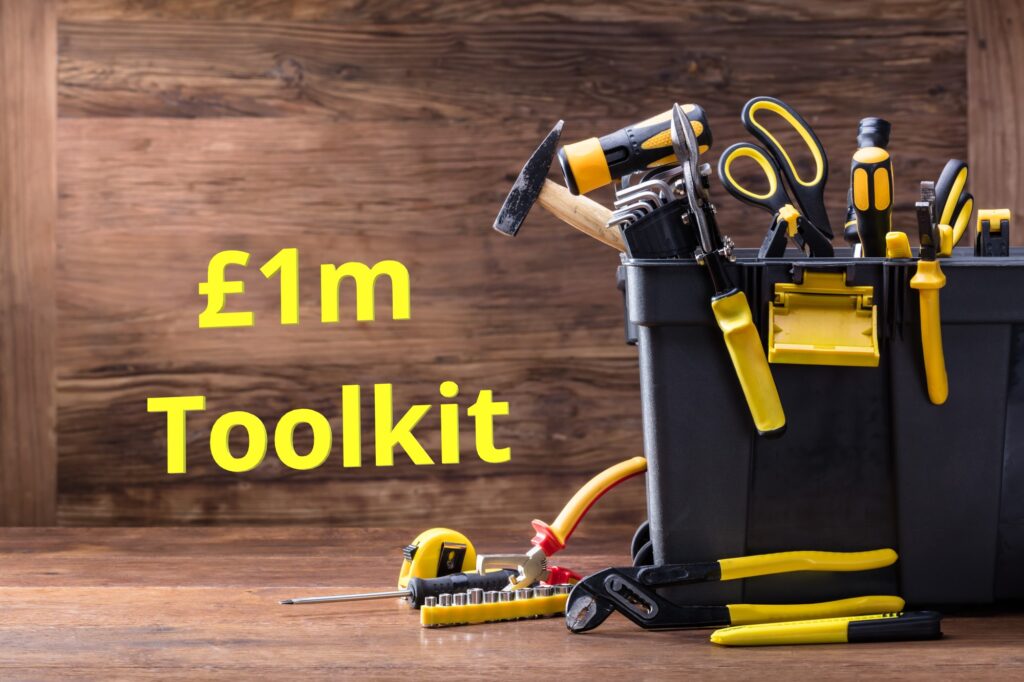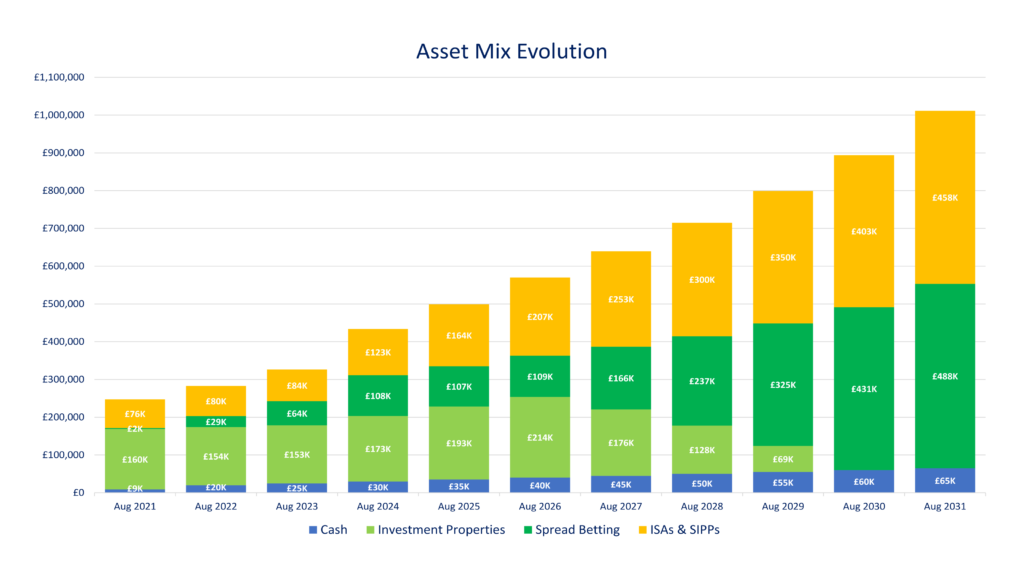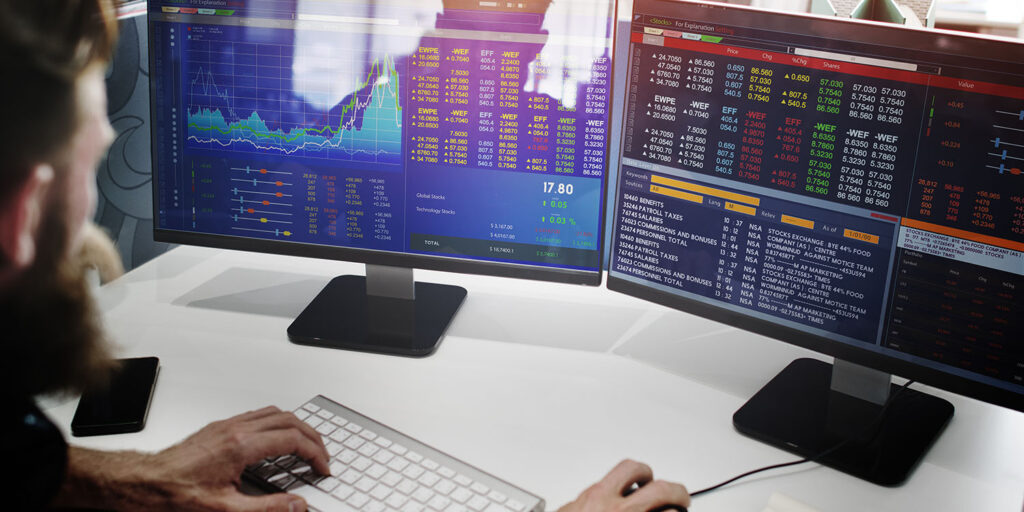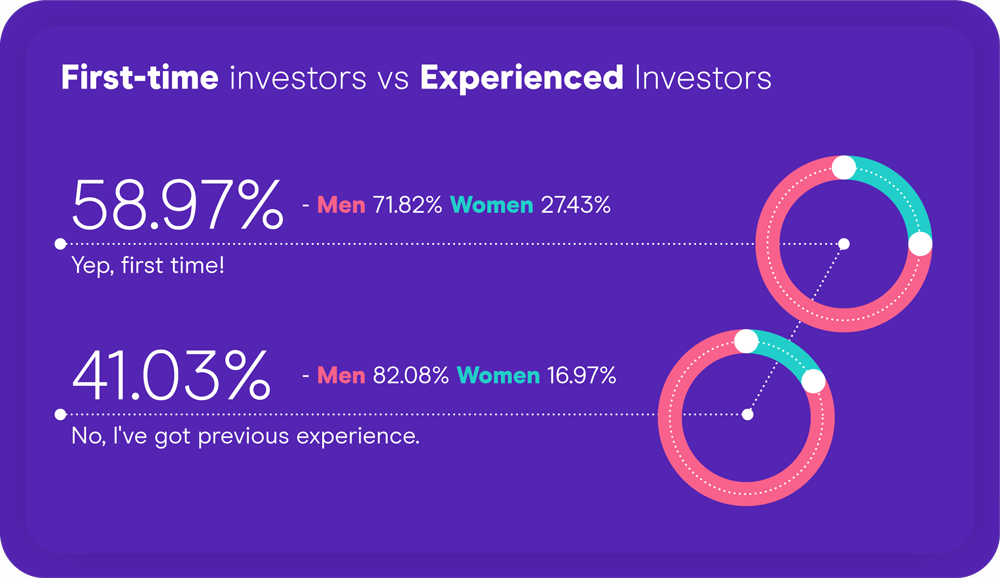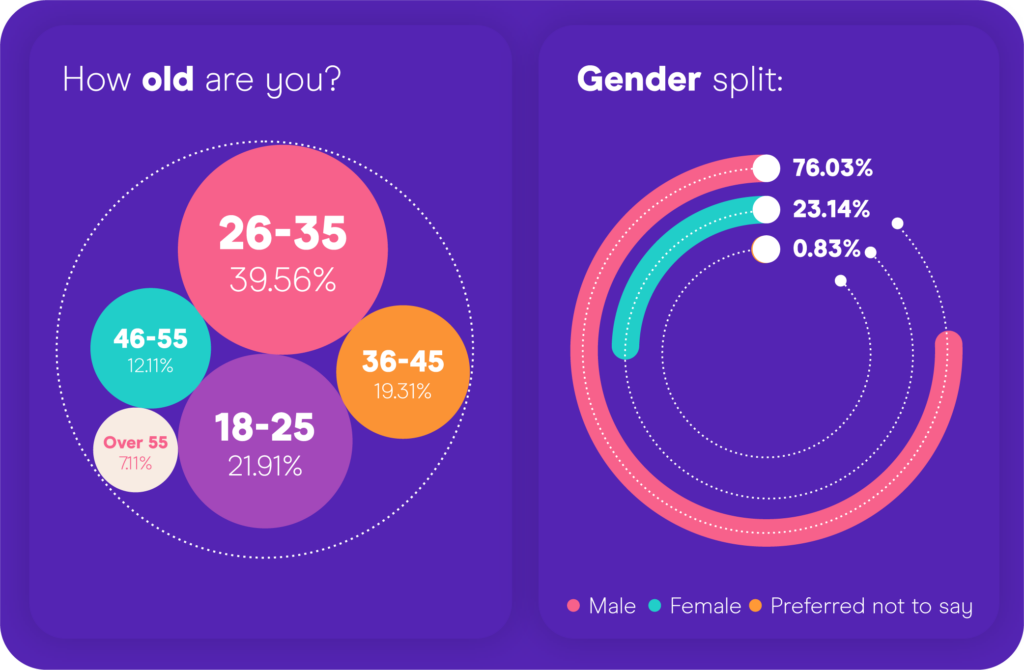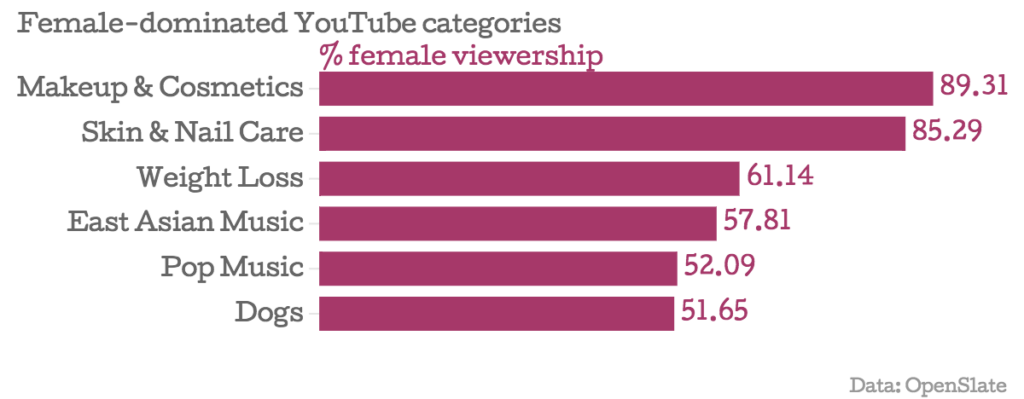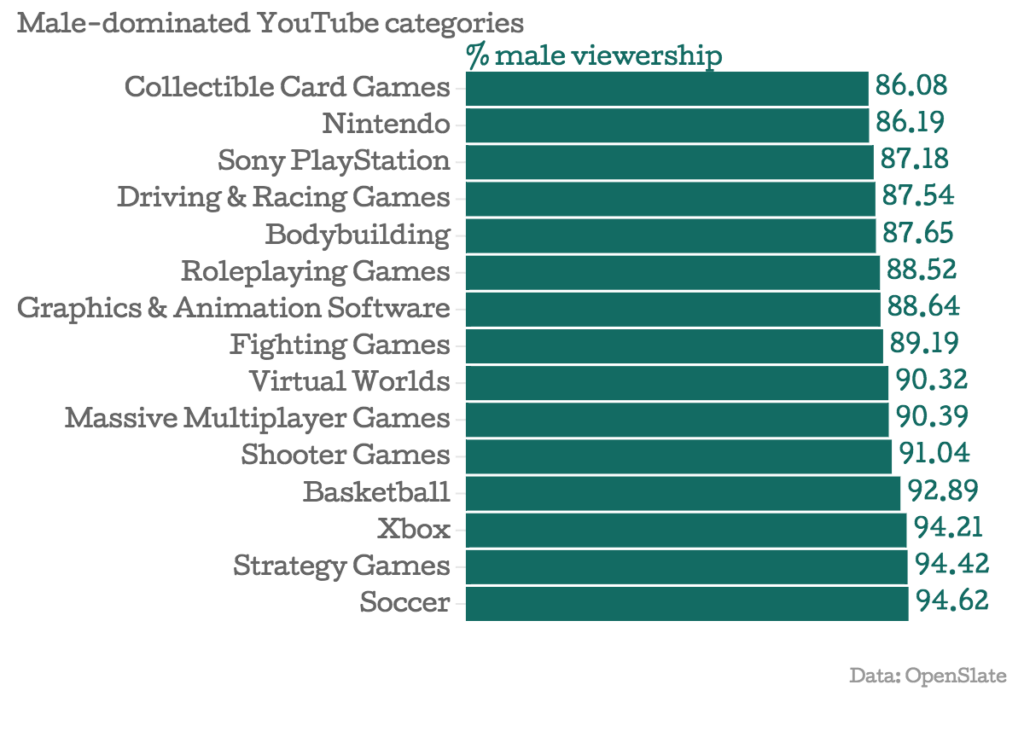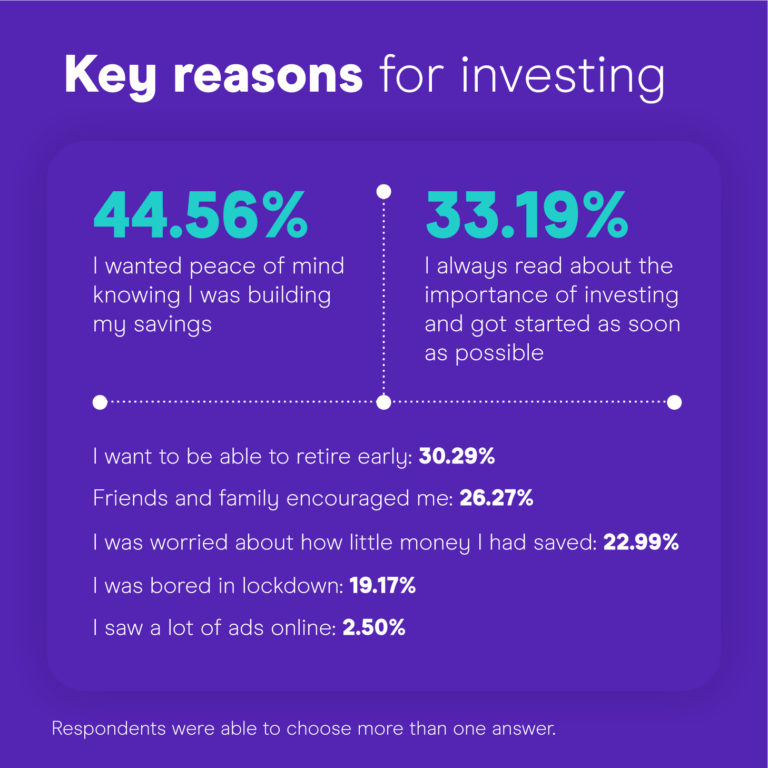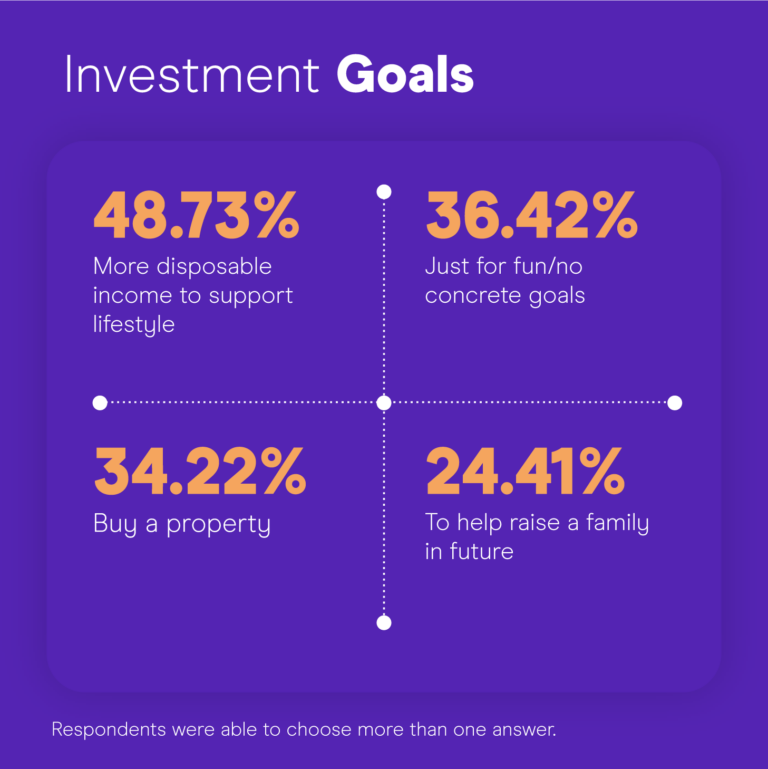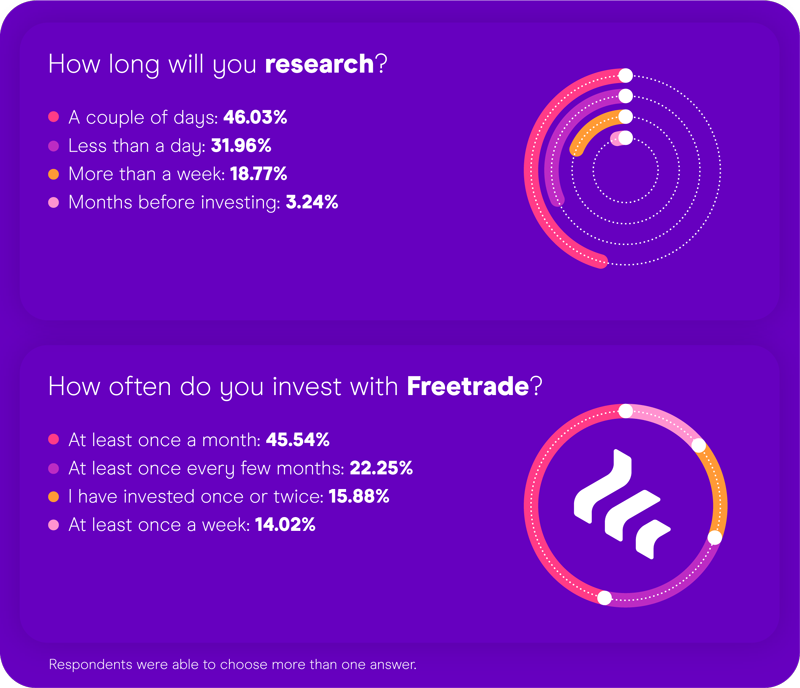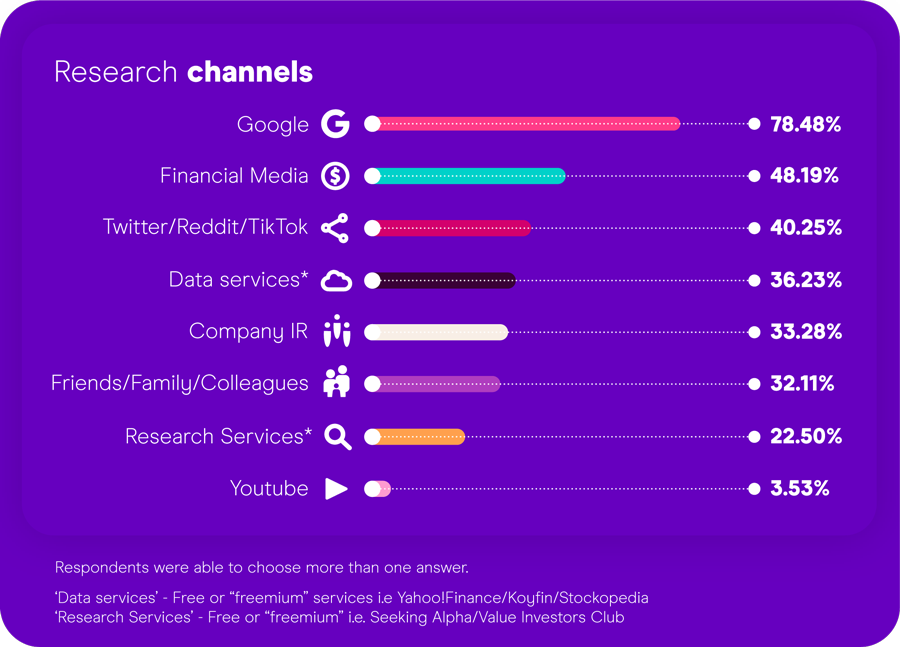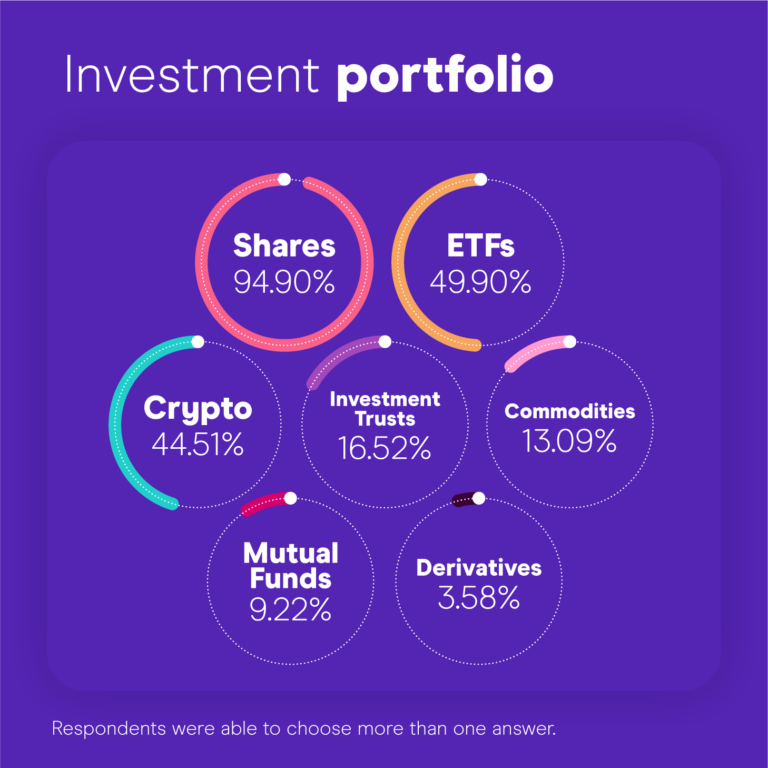Hi guys, we’ve got a really interesting post in store for you today. It’s about an investing concept put forward by two Yale professors that has changed our approach to investing and how we perceive our investment risk. We think it will do the same for you too. Every so often there is a ground-breaking development in the investment world that shakes the very foundations of what we think we know – this is one of those times.
Forget everything you’ve ever been told about portfolio diversification and the dangers of using leverage to invest. In their book called Lifecycle Investing they proved using stock data going back to 1871 that by employing leverage to gain more exposure to stocks when young, individuals can achieve better diversification across time, known as temporal diversification, or time diversification.
Time diversification you say. How about that? I bet you previously had only ever considered diversification as across different asset classes and number of shares.
The Yale professors show that buying stocks on margin when young combined with more conservative investments when older dwarfs the returns of standard investment strategies. The expected retirement wealth of a time-diversified strategy is 90% higher compared to target retirement funds (such as Vanguard’s) and 19% higher compared to 100% stock investments.
The expected gain would allow workers to retire almost six years earlier or extend their standard of living during retirement by 27 years.
In this post, we’re giving you an overview of the leveraged lifecycle investing strategy and how we are implementing our own modified version of it from the UK. Let’s check it out…
If you’re looking for the best investment platforms, we have hand-picked our favourites and put together a comprehensive cost comparison table here. Also check out the Money Unshackled Offers page to get free stocks worth up to £200 and cash welcome bonuses of £50.
Alternatively Watch The YouTube Video > > >
The Theory: What’s The Strategy All About?
In their early working years, people should invest on a leveraged basis in a diversified portfolio of stocks. Over time, they should decrease their leverage and ultimately become unleveraged as they get closer to retirement.
This idea is built on the most important lesson in finance: the value of diversification. It’s widely accepted by most – and is in fact the central message by us on this channel – that investors should diversify over many stocks and over geographies. We have always suggested broad diversification using index funds and ETFs.
What is missing is diversification over time. The problem for most investors is that they have too much invested late in their life and not enough early on.
Unless you somehow come into a lot of money early in life – perhaps through an inheritance – your risk exposure is likely to be very tilted towards the end of your working life. In practise this means that in your early years (20-40) you have relatively little money invested compared to what you will likely have in your investment account when retiring (60+).
The problem with this bog-standard investing life path is that market movements in those early years are largely irrelevant to your overall lifetime wealth as you have so little money invested. A 60% loss in your twenties, or however much it might be, may feel like a decisive blow at the time but based on your lifetime wealth it’s inconsequential. And then market movements later in life are significant because your investment pot is big.
To overcome this issue the Yale professors are telling people to buy stocks using leverage when young i.e. borrow to invest in stocks.
They make an excellent point that this is the typical pattern with property, where the young take out a mortgage and thus buy a house on margin. Over the course of their life, they then pay down the mortgage and therefore reduce leverage. They propose that people follow a similar model for equities.
Your goal is to control more of your lifetime target equity value as early on as possible. Let’s repeat that. Your goal is to control more of your lifetime target equity value as early on as possible.
How Much Leverage
If your portfolio was leveraged 20 to 1, as is sometimes done with property with 95% LTVs, the risk would be significant. The authors propose a much more sensible maximum leverage of 2:1 and are only proposing this amount of leverage at an early stage of life. This way, investors only face the increased risk of wiping out their current investments when they are still young and will have a chance to rebuild.
The authors also stated that the market needs to move 10% before you should worry about rebalancing. If the market rose, you should consider buying more to bring that leverage back to 2:1. If the market were to fall and therefore your leverage increased you should sell off positions to bring that leverage back to 2:1. We take issue with this last point which we’ll address shortly.
Suggested Lifetime Path
If you are destined to save 1 million dollars (or pounds in our case) over the course of your lifetime, and a 60/40 split between stocks and bonds suits you, then ideally you should have $600,000 worth of exposure to stocks and $400,000 exposure to bonds for your entire life. If we treat all of your future lifetime savings as a kind of bond, then your focus should be on maintaining $600,000 exposure to stocks.
The problem is that while you are young and have modest savings, you don’t even have $600,000 in savings. The authors’ answer to this is leverage.
However, because they recommend limiting leverage to 2:1, you still wouldn’t be achieving $600,000 of exposure to stocks for your whole life, but it would be closer than any other commonly-advised investing strategy.
For example, say a young investor can save $10,000 per year, he would use 2:1 leverage to bring his effective exposure to stocks to $20,000. The following year, he saves another $10,000, which brings his exposure to stocks to $40,000. $40,000 isn’t perfect but it’s closer to the required $600,000 exposure than the unleveraged position would be.
With this approach, your investing life has 3 phases:
(1) 2:1 leverage until stock exposure reaches the right level, or approximately the first 13 working years. Forget the common 60/40 asset allocation of stocks to bonds. This is a 200/0 allocation.
(2) gradual deleveraging, but still owning no bonds until your portfolio holds more than you need exposed to stocks, or approximately for the next 14 working years.
(3) holding a mix of stocks and bonds for your last 17 working years. You should have no leverage at this point.
How To Invest With Leverage
The authors don’t stop at a theoretical plan. They lay down a few different tools that investors have to achieve the required leverage:
(1) The first possibility and their preferred method is the use of deep-in-the-money call options. They recommend LEAP Options as these have expiration dates that are longer than one year away, and typically up to three years. However, these are very complicated, and in the UK they are not very common. None of the major investing platforms here offer Options but our understanding is that some smaller brokers do.
(2) Another possibility is to buy stock indexes using a margin account at somewhere like Interactive Brokers. This source of leverage is probably the most straightforward as you essentially build a portfolio with both your money and borrowed money from the broker, but the interest rate is likely to be higher than the alternatives.
(3) The next approach put forward is to buy S&P 500 futures, but the authors point out that due to the high minimum amounts required to start investing in futures this won’t be possible for most people. However, as we’re based in the UK, we can invest in futures using a spread betting account, which is illegal over in the US, so would not have been considered by the authors.
We are able to invest in S&P 500 futures for practically zero cost, tax-free, and with a low minimum investment. If you’ve not seen some of our spread betting videos/posts before they’re certainly worth checking out next, links here and here.
(4) The final approach is to use leveraged ETFs, but the authors are somewhat dismissive of these as they constantly reset their exposure on a daily basis. This constant resetting means they do not track the index over a long period of time. This could be to the investor’s advantage or disadvantage. We’ll probably do a video on leveraged ETFs at some point soon, so signup to the MU newsletter and/or subscribe on YouTube so you don’t miss it.
Our Main Criticism
While their ideas are built on sound logic and extensive data analysis, the thought of selling our positions as the market falls to bring the leverage back down to 2:1 runs contrary to good investing practice of buying low and selling high. In this case they’re suggesting buying high and selling low.
We fully understand the need to do this with their exact strategy because otherwise the volatility of the stock market will eventually cause you to get wiped out.
During the financial crisis of 2007 to 2009 the S&P 500 dropped by more than 50%. If you were 2:1 leveraged at the beginning and allowed the leverage amount to increase as markets tanked, you would have said goodbye to your entire investment pot.
Other People’s Objections
We’ve seen one argument that states that it is quite likely that someone loses their job at the same time as the stock market tanks. Crashes often coincide with increased unemployment, so we agree this is a possibility. This unfortunate set of circumstances causes them to sell some of their investments to live on at the same time that the value has been decimated.
We don’t recall if the authors dealt with emergency funds, but this seems like an easy solution to the problem outlined. Everyone should have investments earmarked for retiring and a separate pot of cash earmarked as an emergency fund.
Perhaps the main reason why this strategy can fail is due to human psychology. Imagine that your investment pot has been decimated. This leveraged strategy says you must get back on the horse and continue investing with 2:1 leverage with your future earnings. But in reality, it’s highly unlikely that the average investor would have the guts to do this as their experience knows only pain. How many people could remain rational in such circumstances? Far too many would sell everything and swear off stocks for life.
What We’re Doing
The notion of diversifying across time has changed how we invest, but we won’t be investing exactly in line with this strategy. We’ve never been averse to using a bit of leverage as our regular readers will know but after reading the book, we realised that we we’re significantly lacking in the leverage department. We now consider ourselves to be dangerously underleveraged!
What we’re doing as demonstrated in our spread betting videos is investing in the S&P 500, long-term treasury bonds, and gold using futures in a 60/30/10 allocation. The portfolio itself is using 3:1 leverage, so really, it’s a 180/90/30 allocation – theoretically less risky than a 200/0 stocks to bonds allocation as suggested by the authors, as bonds and gold should run oppositely to stocks in a market crash. This significantly reduces the risk of a wipe out. We won’t be selling in desperation if the market falls a little.
Based on our backtesting, which included troubled times such as the financial crisis of 2008, we would never have been wiped out – although this is no guarantee of the future.
With our asset allocation at 3x leverage – 180% stocks, 90% bonds, and 30% gold – our stocks are almost leveraged in line with the leveraged lifecycle strategy. The stocks provide the growth, while the bonds and gold provide the portfolio stability.
For total transparency neither of us will be leveraged 3:1 across our entire net worth. That is just the amount of leverage used within our spread betting accounts. Across my entire portfolio I will probably settle at no more than 2:1 leverage and then derisk as I age.
I’m building this up very slowly each month, so psychologically I won’t really know how I feel about being this leveraged until sometime in the future.
What do you think of being 2:1 leveraged in stocks while you’re young? Is our strategy better? Join the conversation in the comments below.
Written by Andy
Featured image credit: kitti Suwanekkasit/Shutterstock.com
Also check out the MoneyUnshackled YouTube channel, with new videos released every Wednesday and Saturday:




